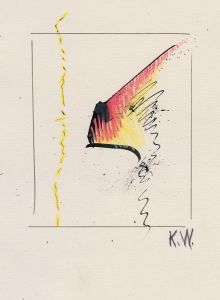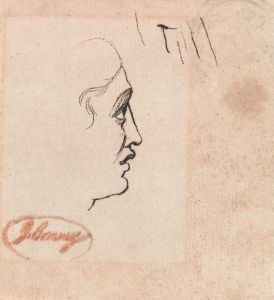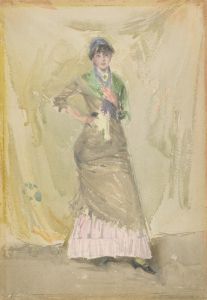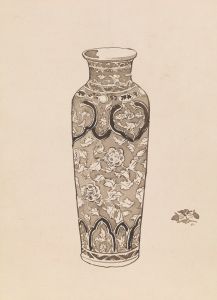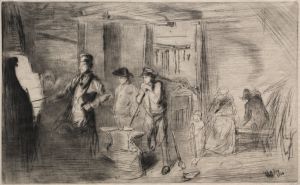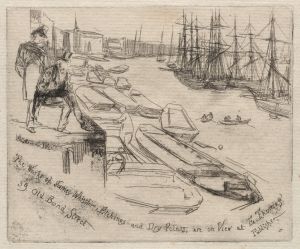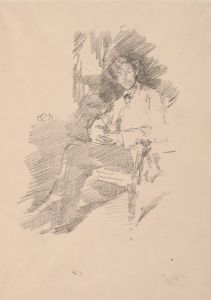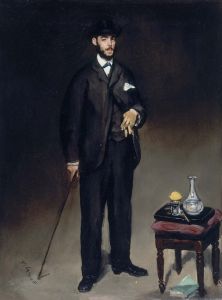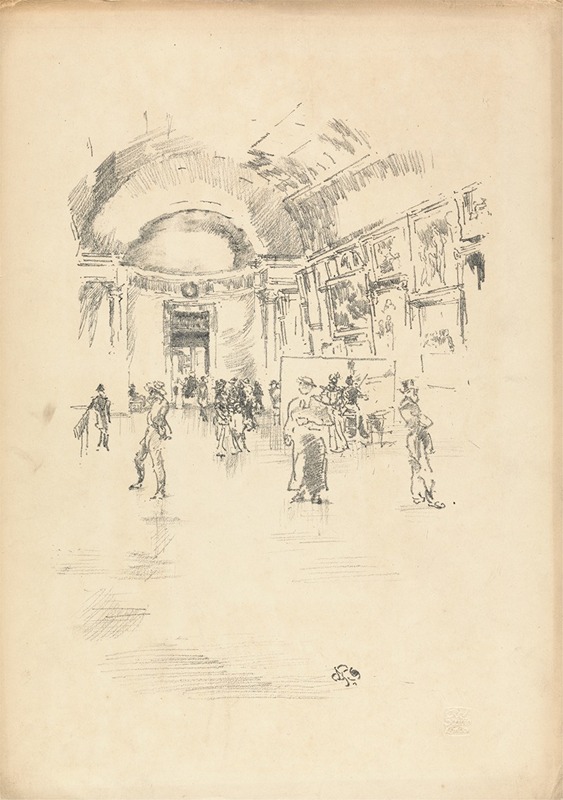
The Long Gallery, Louvre
A hand-painted replica of James Abbott McNeill Whistler’s masterpiece The Long Gallery, Louvre, meticulously crafted by professional artists to capture the true essence of the original. Each piece is created with museum-quality canvas and rare mineral pigments, carefully painted by experienced artists with delicate brushstrokes and rich, layered colors to perfectly recreate the texture of the original artwork. Unlike machine-printed reproductions, this hand-painted version brings the painting to life, infused with the artist’s emotions and skill in every stroke. Whether for personal collection or home decoration, it instantly elevates the artistic atmosphere of any space.
James Abbott McNeill Whistler was an American artist known for his paintings, etchings, and lithographs. He was a key figure in the Aesthetic Movement, which emphasized art for art's sake and focused on the beauty of art rather than its narrative or moral message. Whistler's work often featured a delicate balance of color and composition, and he was known for his innovative approach to portraiture and landscapes.
One of Whistler's lesser-known works is "The Long Gallery, Louvre." This painting is part of his series of works that capture the interiors of famous buildings and galleries. Whistler had a profound interest in the interplay of light and shadow, and this interest is evident in his depiction of the Louvre's long gallery. The painting showcases Whistler's ability to capture the atmospheric effects of light within an architectural space.
"The Long Gallery, Louvre" is an example of Whistler's skill in rendering architectural interiors with a sense of depth and perspective. The painting likely reflects his fascination with the grandeur and historical significance of the Louvre, one of the world's most famous art museums. Whistler's choice to paint the Louvre's gallery aligns with his interest in iconic cultural landmarks and his desire to capture their essence through his art.
Whistler's technique in this painting involves a subtle use of color and a focus on the play of light across the surfaces of the gallery. His brushwork is delicate and precise, creating a sense of realism while also imbuing the scene with a dreamlike quality. This approach is characteristic of Whistler's style, which often blurs the line between realism and impressionism.
The painting is also notable for its composition. Whistler employs a linear perspective that draws the viewer's eye down the length of the gallery, creating a sense of depth and inviting the viewer to explore the space. This compositional technique is a hallmark of Whistler's work, demonstrating his mastery of spatial representation.
While specific details about the creation and exhibition history of "The Long Gallery, Louvre" are not extensively documented, the painting fits within Whistler's broader body of work that explores themes of beauty, light, and space. It reflects his ongoing exploration of how art can capture the essence of a place and evoke an emotional response from the viewer.
Overall, "The Long Gallery, Louvre" exemplifies James Abbott McNeill Whistler's artistic philosophy and his commitment to creating works that transcend mere representation to capture the beauty and atmosphere of his subjects. Through his innovative use of light, color, and composition, Whistler invites viewers to appreciate the aesthetic qualities of the spaces he depicts, encouraging a deeper appreciation for the art of seeing.






